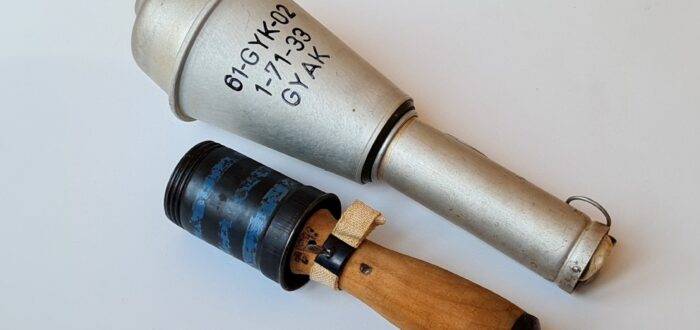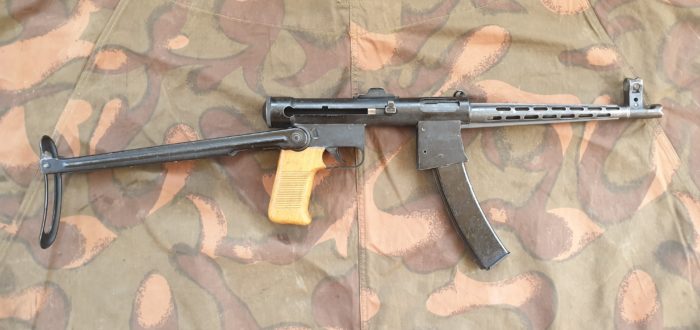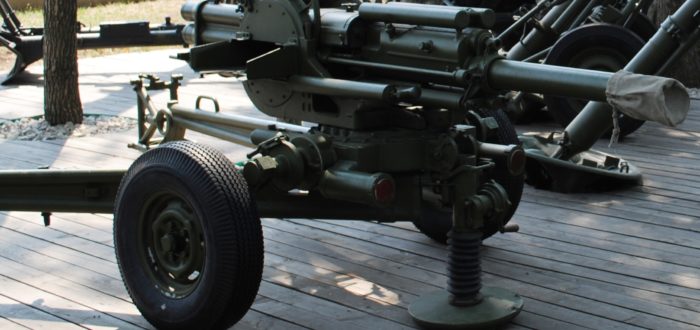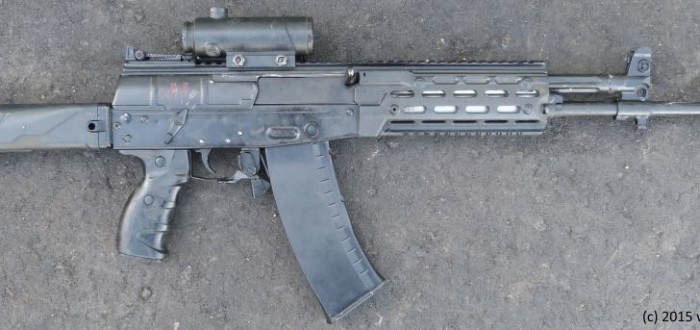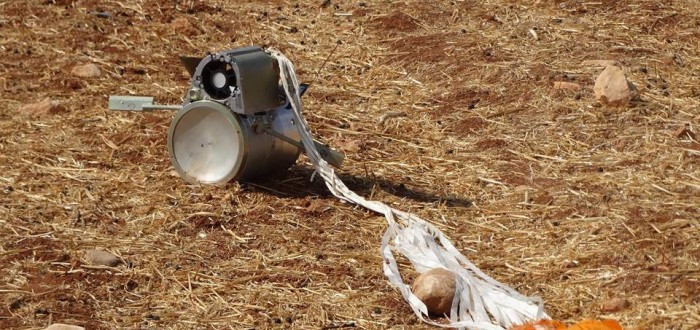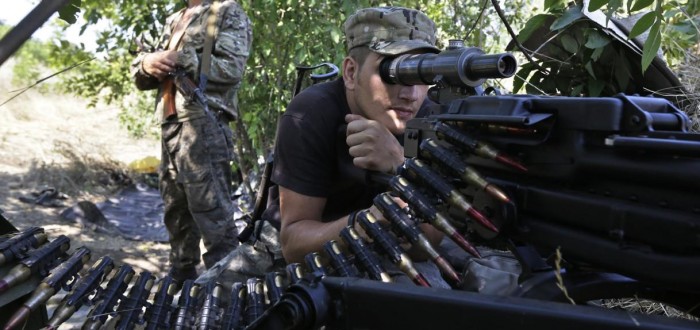Kristóf Nagy This short article offers a brief, inexhaustive overview of the most common training hand grenades used by Warsaw Pact forces primarily during the Cold War period—although some remain in use today. The training devices featured in this article include examples manufactured by the Soviet Union, Czechoslovakia, Poland, the German Democratic Republic (GDR; East

